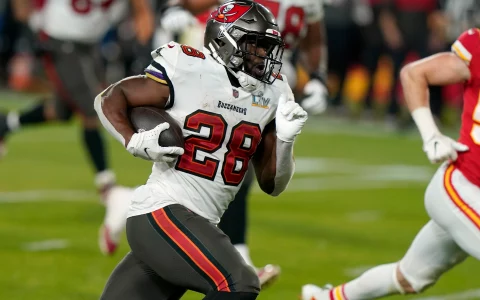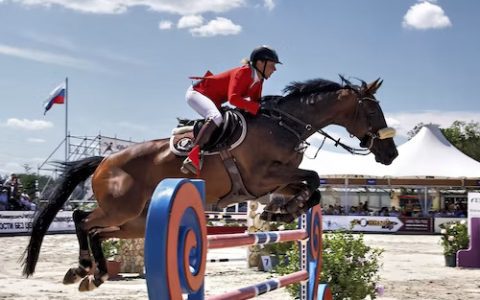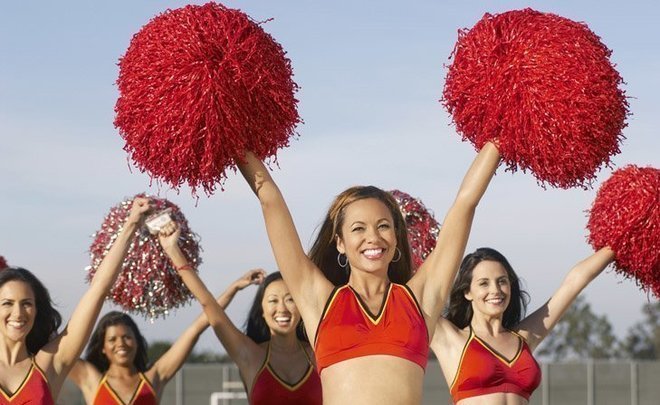
But blame Russia only for this
The ministries of sports, the armed forces, and domestic affairs, as well as associations, should actively invest funds to form a reserve team, maintain sports teams and support strong athletes. Australia and the United States, Germany, Italy and France have already done it … read the details in Realnoe Vremya’s report.
In Australia, the state invests in the National Institute of Sports
This year, the Australian Institute of Sports celebrated 40 years. It opened in Canberra in 1981, and has become a basketball and football favorite among the top eight sports. Men’s water polo began to be supported in 1984. In 1989, it debuted in volleyball.
Development of the National Youth League began in 1984. First, the teams formed by compatriots were played: Croatians, Macedonians, Italians, Greeks, Hungarians… Sydney Croatia (Babic, Kalic, Milic, Moriv, Popovic), Preston Macedonia (Lozanovski, Markowski, Spzevski), Stoychevsky, Tryonowski, Trapovski ), Melbourne Croatia (Viduka, Silvik, Horvat, Zurich), Perth Italy (Carbone, Matasa), Greece West Adelaide Hellas and South Melbourne Hellas, Hungarian Sao George. This Australian football was similar to Soviet football.
Seven years later, in 1991, Australia finished fourth at the FIFA Under-20 World Cup in Portugal. Portugal (Riu Costa, João Pinto, Figo, Xavier) defeated Brazil (Djair, Roberto Carlos, Elber) on penalties, while the Soviet Union’s Under-20 team defeated Australia in the third place battle. Also in the penalty shootout. Also, in the group stage, the Australian team defeated our team and finished first. This surprised Soviet fans very much, they did not suspect that the green continent had strong footballers. Someone in the Soviet Union’s youth team ended up becoming a great football player. The fate of three of them was tragic. Valery Minko lost a kidney at the age of 22, Sergei Shcherbakov was paralyzed at the age of 23, Sergey Mamchur died when he was 25 …
Two years later, the Australian team finished fourth again in the FIFA Under-20 World Cup and Craig Moore, a representative of the Sports Institute, joined their team for the first time. He began playing in Brisbane, while in 1988, at the age of 13, he received a scholarship from the Sports Institute and moved to Canara.
But the institute began to train players for the national team in its entirety with the Olympics held in Sydney in 2000, when its graduates who participated in a youth football training program represented half of the team. They were Blattis, Bresciano, Grella, Zelik, Colosimo, Leybut, Neil, Turnbull, Cursiza and Emerton. In fact, Australia has been refused to name its national teams due to its entry into the international scene. Sydney Croatia became Sydney FC, Melbourne Croatia became Knight, Preston Macedonia became Lion.
Advances in basketball, especially among women, can be explained by studying at the Sports Institute. The team was formed in 1981, the first year of operation of the institute. The national championship was made simultaneously. Initially, the institute’s team played the role of “winning the girls” as the athletes were very young. But when Australia won a gold medal at the World Championships for the first time in its history in 1994, its team included students from the institute: Carla Boyd, Michelle Brogan, Sandy Brondello, Fiona Robinson, Shelley Sandy, Jelly Whitley, Michelle Chandler. In addition, the institute made students, generously handing them over to rival teams, for which they only won the first goal of the National Championship in 1999, Kristen Will, Lauren Jackson, Belinda Snell, Penny Taylor and Suzy, 19 years old. Butkovic. She was just a student and later went on to become a star in women’s basketball worldwide. This is a unique case when a junior team has won a senior championship … a situation of extreme generosity, where the team continued to make strong players, but did not achieve any more serious results in the championship and disbanded in 2012. Has been done.
By the way, UNISC BC fans should remember Nathan Zawai, a non-professional student at the Sports Academy.
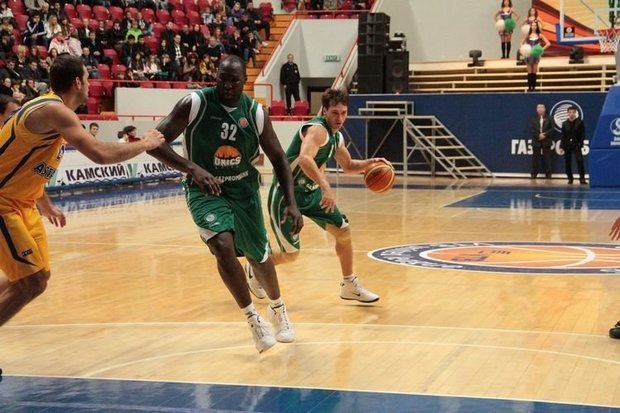
Volleyball and hockey in usa
To ensure that the sport is publicly funded in the United States, we must remember that while preparing for the Olympics at home in 1984, Americans brought the best volleyball players from college teams to the national team. It is not necessary to specify that these selections were thanks to public funds.
Americans developed their youth hockey in the same way 20 years later. Earlier there was no point in doing so as the junior and junior championships had different plans. The U-20 World Cup was immediately a World Championship, while the U-18 World Cup existed for a long time as a European Championship, and the first World Cup took place in 1999. Therefore, the country’s varsity championship was enough. For Americans for a long time, national selection was made for both the Youth Championship and the Olympics. They began building national teams with the help of students from the 1972 Olympic Games (NCAA opened in 1971), while the previous Olympic teams were made up of players from the USHL, a youth league formed in 1961.
USNTDP Juniors, a United States youth team made up of players under 18, joined the league in 1999. Earlier, there used to be teams in Ann Arbor, now in Plymouth. In addition, the USA Hockey Company simply purchased an ice rink on the charge of developing the project. The project itself was designed to fulfill a complex task: training players for the “institute” of national teams, while hockey players had to go to the NCAA consistently to play hockey or NHL in college with professionals Used to get scholarship to study. The contracts
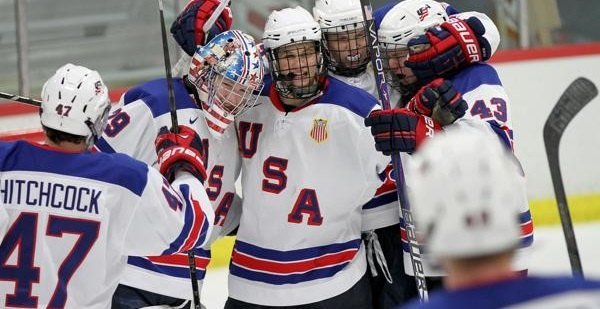
By the way, varsity sports are mainly based on the success of national teams in the United States and Canada, as well as from South Korea and Japan, where varsity teams participate in national competitions and their players are skeletons of national teams (volleyball, Water) are polo, handball, ice hockey).
Iran has improved football and volleyball in recent years. This is because the teams of Naft MIS, Naft Tehran, Sanat Naft are now sponsored by public companies in the oil sector. A tractor factory sponsors the Tractor Saazi team. Aluminum, metallurgical, textile and energy companies are also involved in the development of Iranian sports. An automaker finances the sports club Pecan, which includes a football and volleyball team with coach Valerio Vermiglo, remembered by fans for his performance in Zenit-Kazan.
“New Italian Citizens”, French Center and Army Services
This week, Dynamo-Ak Bars lost to Novara, Italy, along with volleyball player Sarah Bonifacio. He and many other “new Italian nationals” (Ileana Malinov from Bulgaria, Tatjana Fuikka from Slovenia, Valentina Diouf, Mariam Siala from Africa, Sylvia Mayakalor, Nekamedilim Anononwu and others) grew up in Club Italia. This team, from the city of Basto Arsizio, was formed with one good objective: to train young and talented volleyball players from Italy. Famous Argentine coach Julio Velasco, who trained in Italy and Poland and who has such a young but manly team at Spal, was the author of the idea.
Volleyball is supported nationally in Germany. Berlin has two teams named Olympia (men and women) – a federal base to train national team players. Also, the success is so spectacular that both the men and women teams reached the European Cup. By the way, Olympia should not be confused with the Berlin Recycling Volleys with Sergey Grenkin. They will face Zeenat-Kazan next week in the Champions League, because according to an agreement with the National Federation, Olympic players will have to play with the other team and literally with the foreigners.
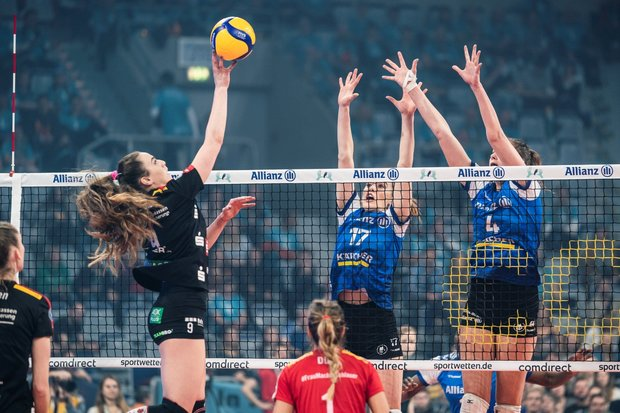
The French created the National Volleyball Center in Montpellier in early 1983, when the local team appeared to be among the leaders of world volleyball under the command of Danielric Daniel. Over time, he became the president of the center whose team varies degrees of success in the country’s championships. It has the best French players under 21 years of age.
The same federal center is responsible for the development of basketball in France (funded by the Women’s Basketball Federation) and by the National Institute of Sport, Experience and Performance (INSEP), where men’s basketball is supported by the Ministry of Sport and Youth.
Public support in Germany, Italy, France and Austria is attracting cyclic athletes for military service. For example, among the Italian police there are many athletes from biathlon, skiing, bobsleigh national teams. The same story has been revealed in the German Federation. And even Ukrainian Eliana Sachano, who was crowned Olympic figure skating champion, spoke of her “service” in the military, for which she was able to practice her favorite sport.
Porzudat Abdulin

